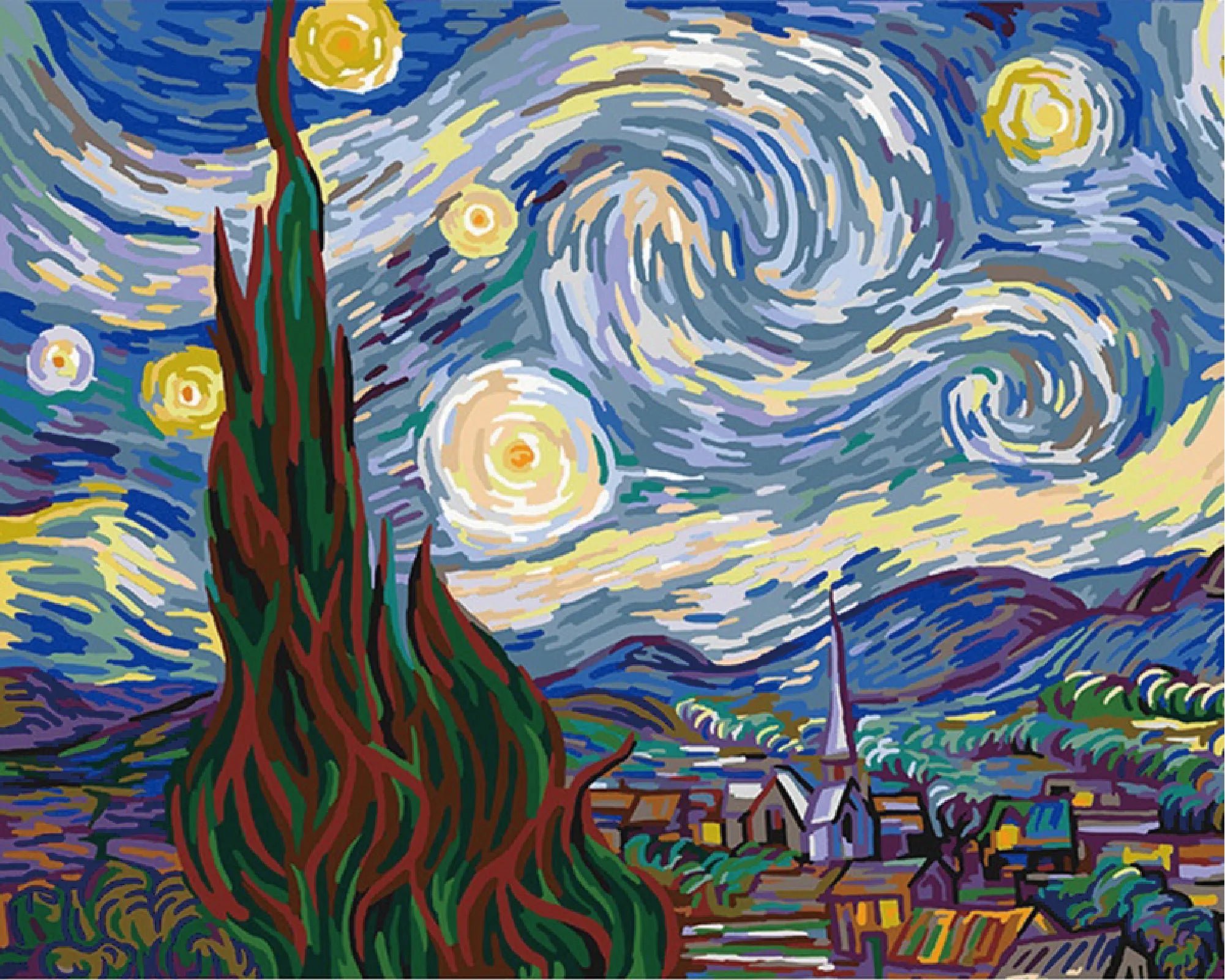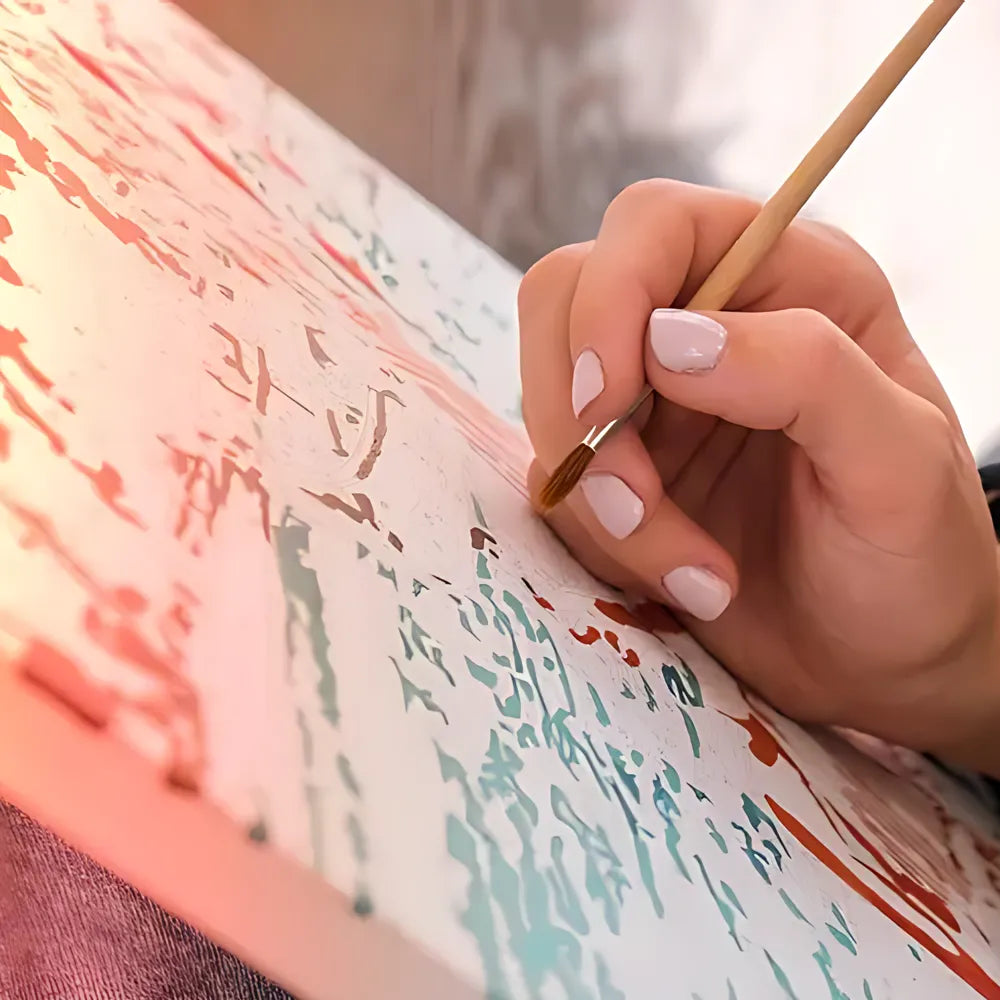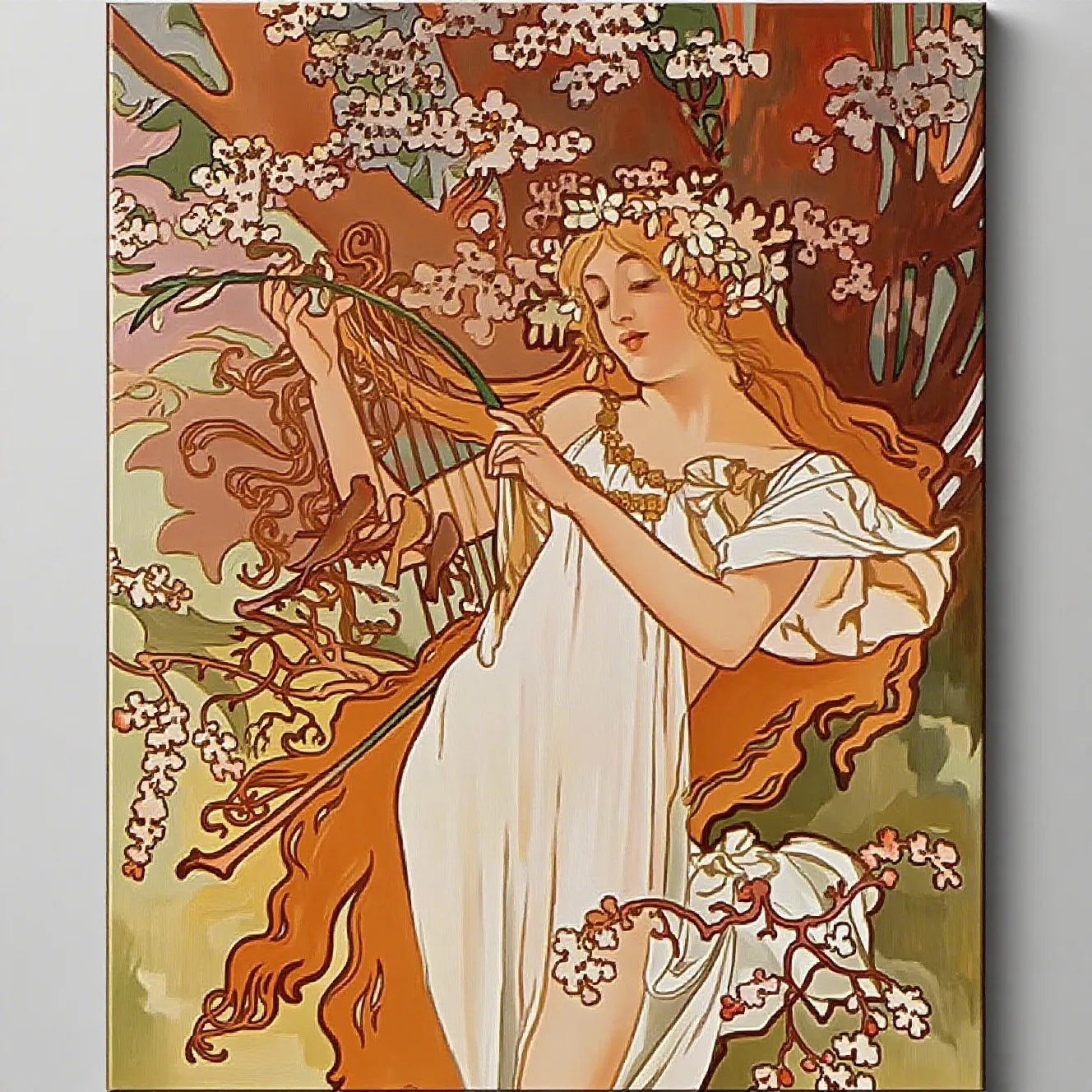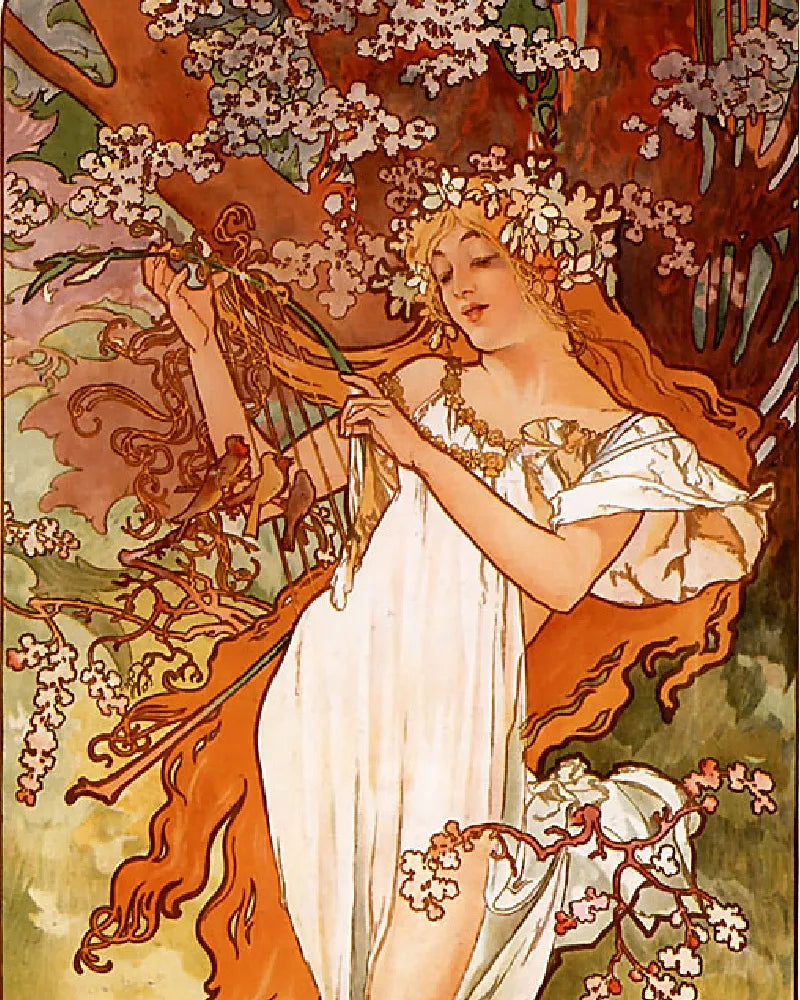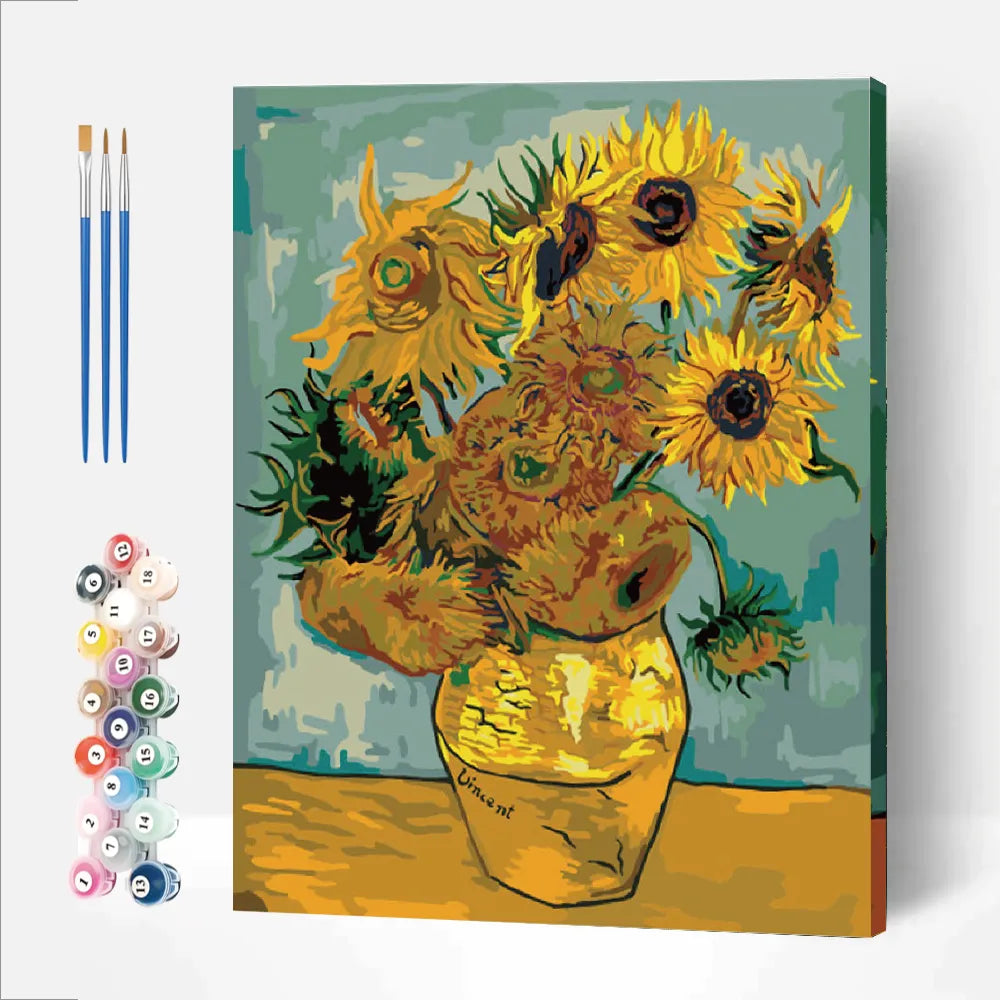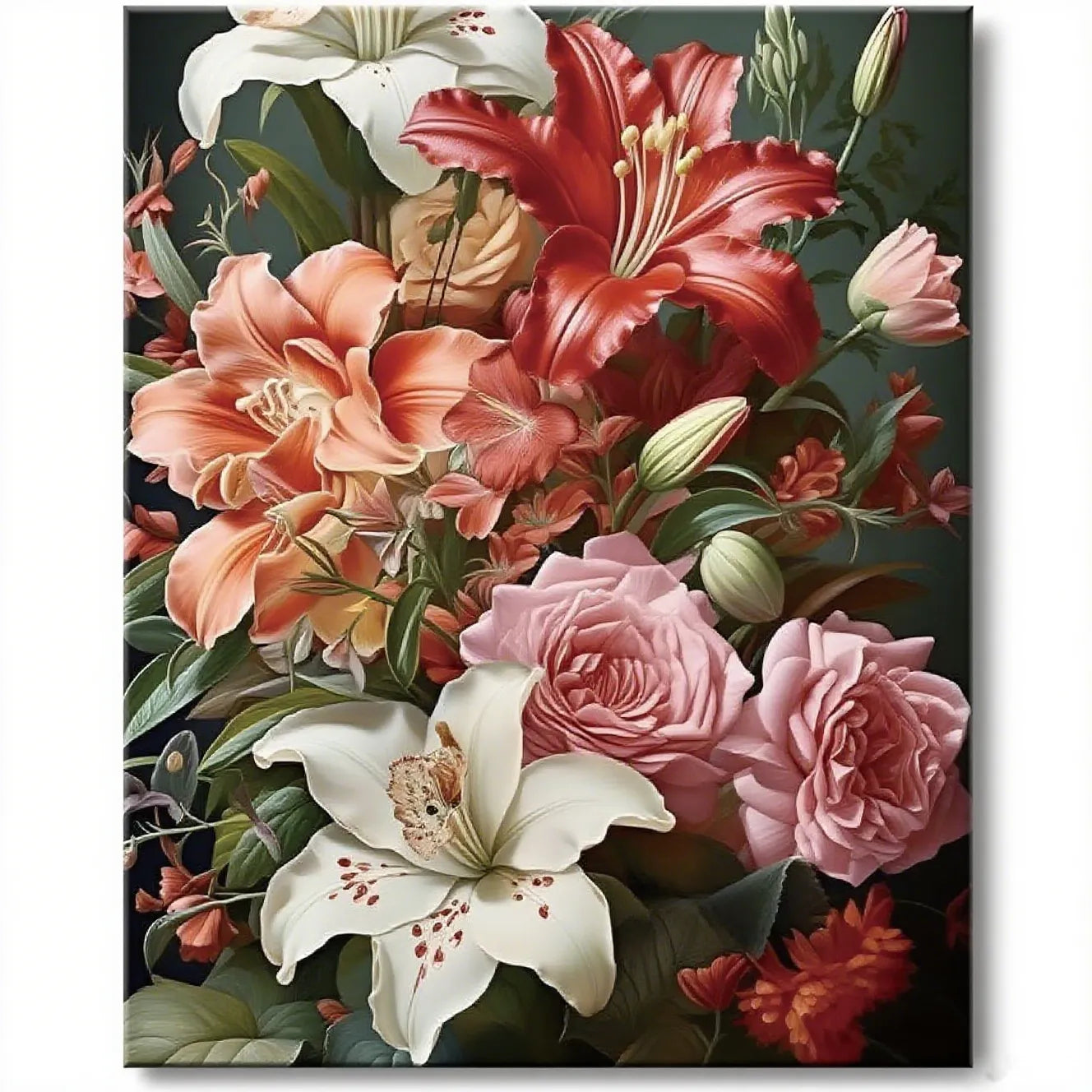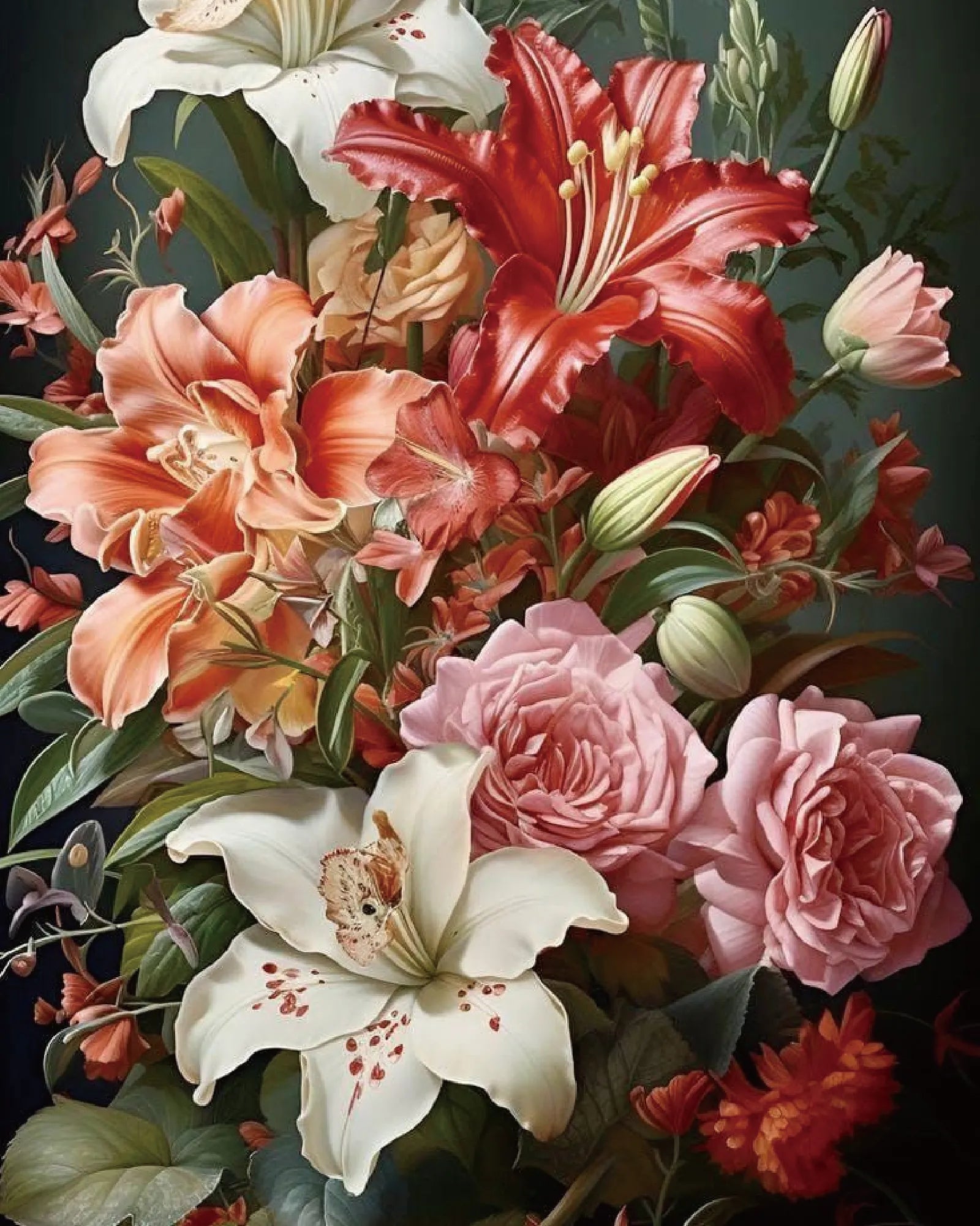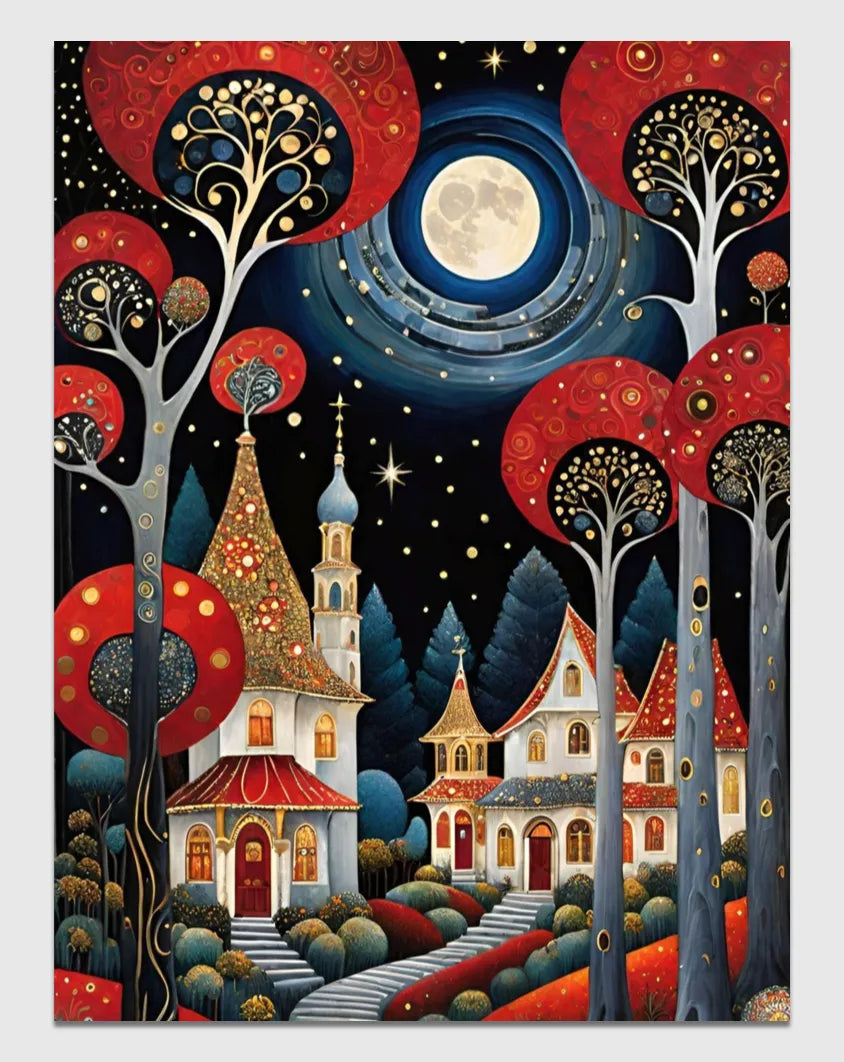Vincent van Gogh, one of the most celebrated post-impressionism artists of all time, has left an indelible mark on the world of art with his expressive, emotive works. Among his extensive oeuvre, the Sunflowers series holds a special place, not only due to its technical brilliance but also for its symbolic richness. A masterpiece of the Post-Impressionist school, the Sunflowers are a shining example of Van Gogh’s unique vision and skill, capturing the minds and hearts of art enthusiasts, students, and creatives worldwide.
Today, we take a closer look at the Sunflowers series, uncovering their historical origins, symbolic depth, remarkable craftsmanship, and enduring legacy.
Table of content
The Historical Context of Van Gogh’s Sunflowers
To truly appreciate the Sunflowers series, it’s important to understand the period in which Van Gogh created these paintings.Vincent van Gogh painted the Sunflowers between 1888 and 1889 during one of the most productive phases of his life.
This was a time of new beginnings for Van Gogh, as he had moved to Arles, France, with the dream of establishing an artist community. Arles, with its warm light and vibrant landscapes, had a profound influence on Van Gogh’s works during this time.The Sunflowers series was painted in preparation for the arrival of Paul Gauguin, a fellow artist whom Van Gogh greatly admired. Van Gogh wanted to decorate the guestroom of his "Yellow House" with these paintings to create a welcoming and cheerful atmosphere.
This period marked Van Gogh’s commitment to experimenting with bold colors and dynamic compositions, leading to some of his most iconic works.
The Symbolism of the Sunflowers
More than just a study of vibrant yellow blooms, the Sunflowers hold layers of symbolic meaning.
Friendship and Gratitude
At its core, the Sunflowers represent friendship and gratitude. These paintings were meant to convey a warm welcome to Gauguin, symbolizing Van Gogh’s hopes for a fruitful collaboration. This sentiment resonates universally, making the paintings deeply relatable for audiences across generations.
The Cycle of Life
Van Gogh’s Sunflowers also reflect the cycle of life. Some flowers are in full bloom, radiant and upright, while others are wilting or drooping. This juxtaposition captures the fleeting nature of life and beauty, infusing the paintings with a poignant sense of impermanence.
Symbol of the Artist’s Identity
For Van Gogh, the sunflower was a deeply personal symbol. It was associated with the Dutch artist as a representation of his vibrant yet turbulent personality. The bold, almost electric use of yellow in the paintings captures both the joy and melancholy that defined Van Gogh’s artistic spirit.
The Mastery Behind the Brushstrokes
Van Gogh’s Sunflowers showcase a mastery of technique. While they may appear deceptively simple at first glance, a closer examination reveals the artist's profound skill and creative intuition.
Bold Use of Color
Van Gogh purposefully broke with traditional approaches by using a single dominant color, yellow, in its various shades and tones. He believed that yellow symbolized warmth, light, and hope, and he explored its potential to evoke emotion. The varying hues of yellow—from bright citrus to warm ochres—create a sense of depth and vibrancy.

Thick Impasto Technique
Van Gogh frequently employed the impasto technique, where paint is applied thickly with visible brushstrokes. This creates a textured surface that almost allows the viewer to feel the energy in the flowers. The fluid motion of his strokes gives life to the petals, enhancing the organic feel of the composition.

Dynamic Composition
The circular arrangement of the sunflowers suggests movement, drawing the viewer’s eye inward and outward. This rhythmic composition creates a sense of harmony and balance, reflecting natural growth patterns while maintaining artistic cohesion.

Light and Shadow
Van Gogh’s innovative use of light and shadow in Sunflowers gives the paintings dimension, making the flowers appear vividly three-dimensional. Through careful placement of highlights and subtle shading, he created an illusion of volume that elevates the work beyond a flat canvas.
Experience the Recreation of Sunflowers with Paint by Numbers
Paint by numbers has become popular in recent years, letting anyone recreate Van Gogh's famous artworks like Sunflowers with ease. By following a numbered guide and matching colored paints, you can try your hand at reproducing Van Gogh’s masterpiece. It’s a fun, engaging activity that also deepens your appreciation for the artist’s skill. Creating your own version of the painting can be fulfilling and may even inspire new ideas. With paint by numbers, anyone can become an artist. Why not grab a brush and give it a try?
The Enduring Legacy of Van Gogh’s Sunflowers
Van Gogh’s Sunflowers have had a profound impact on the art world, influencing countless artists and captivating audiences for well over a century.
A Signature Masterpiece
The Sunflowers are among Van Gogh's most recognizable works, earning a place as a cultural touchstone. They symbolize hope, beauty, and resilience in the face of adversity, much like the artist himself.
Inspiration for Generations
Van Gogh’s fearless experimentation with color and composition in the Sunflowers continues to inspire contemporary artists. From fine arts to popular culture, the Sunflowers remain a timeless muse.
A Bond Between Art and Humanity
Perhaps what makes the Sunflowers so enduring is their emotional universality. They speak to the human experiences of love, friendship, beauty, and loss. Van Gogh’s ability to express such profound concepts through a simple bouquet of flowers reflects his genius.
Record-Breaking Sales
The Sunflowers have also achieved legendary status in the art market. One of the paintings from the series famously sold for $39.85 million in 1987, placing Van Gogh’s work among the most valuable art pieces in history.
Why Van Gogh’s Sunflowers Continue to Bloom in Our Hearts
The Sunflowers series represents much more than a collection of paintings. It embodies Van Gogh’s personal aspirations, emotional depth, and unparalleled artistry. From their meticulous craftsmanship and symbolic richness to their lasting impact on the art world, these works offer a unique window into the heart and mind of an iconic artist.For art enthusiasts, Van Gogh’s Sunflowers serve as a reminder of the endless possibilities of creative expression. And for those just beginning to explore the world of art, they are an invitation to see beauty in simplicity.
Whether you’re an art student seeking insight, a Van Gogh fan refining your passion, or simply someone who admires beauty, the Sunflowers are a testament to the power of art to speak across time and space.





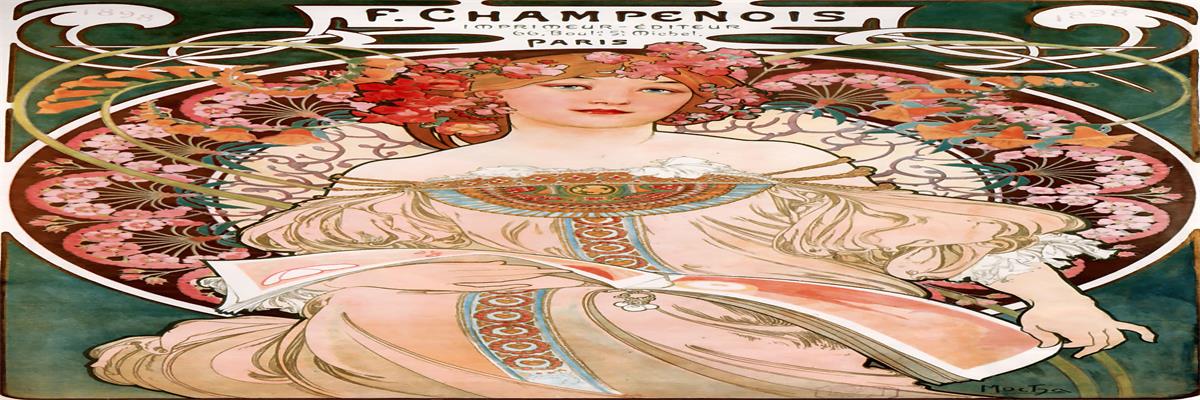
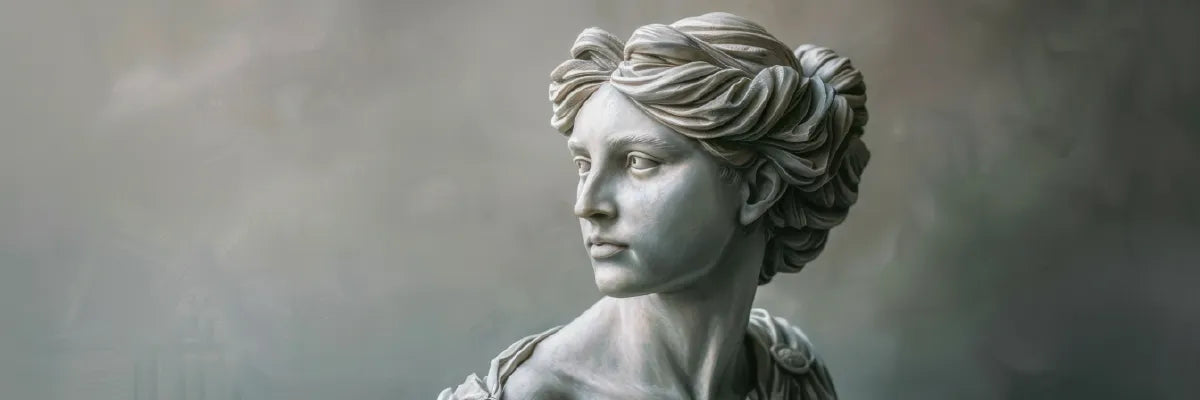


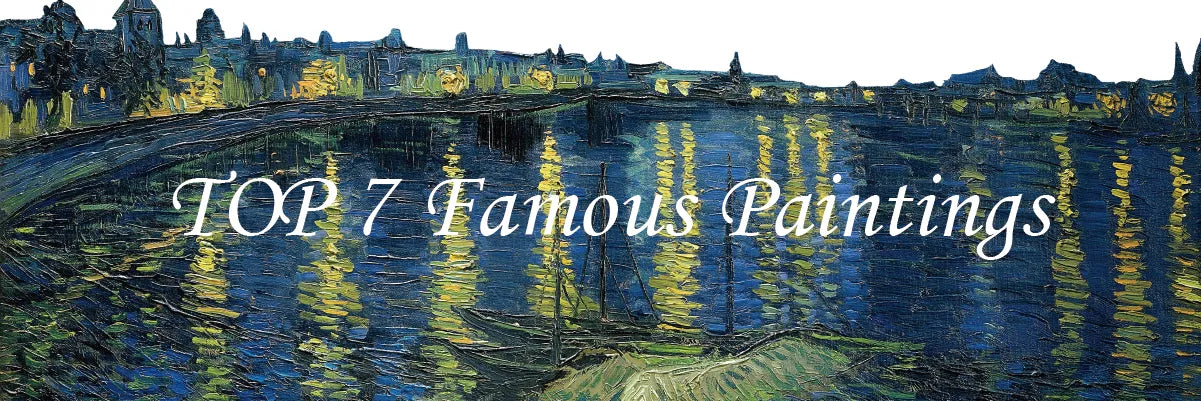

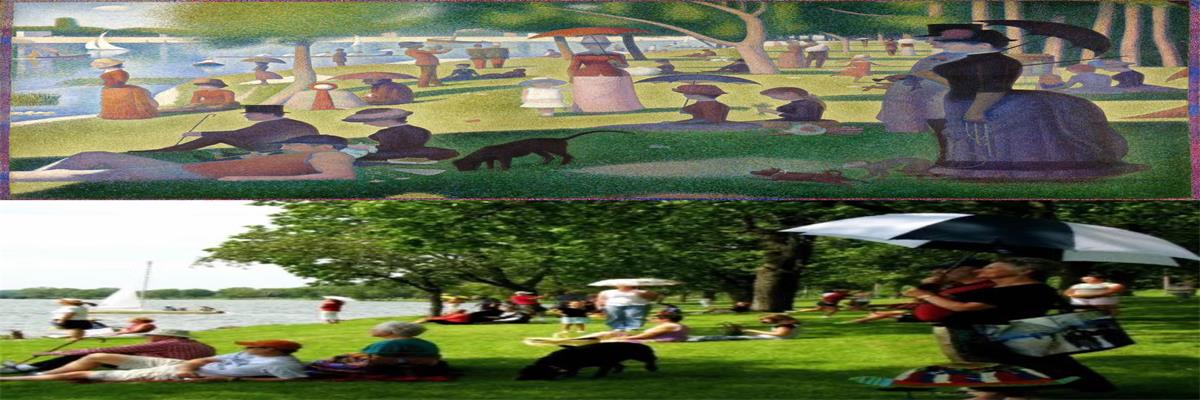




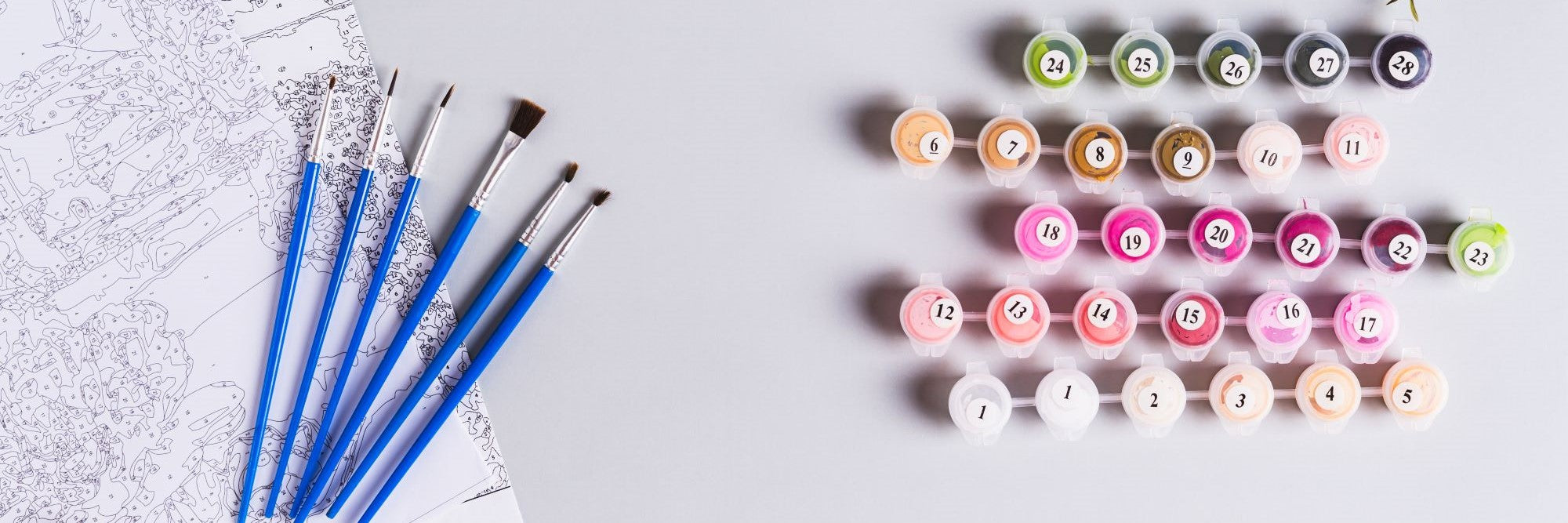

 https://1001canvas.com/blogs
https://1001canvas.com/blogs


